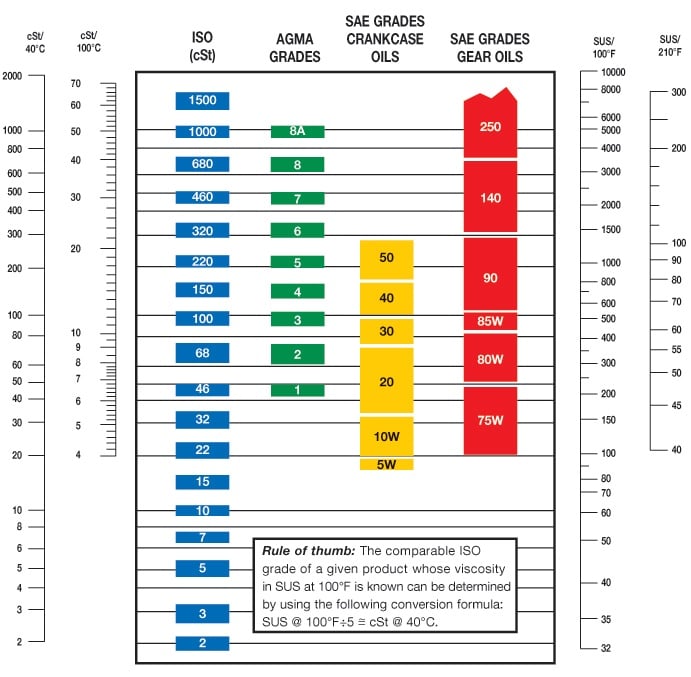
If any VIIs are used, however, then that oil cannot be labeled as a single grade.Īs of 2015 the viscosity grades are 0W, 5W, 10W, 15W, 20W, 25W, 8, 12, 16, 20, 30, 40, 50, and 60.

This oil can be labeled as 20W-20, 20W, or 20. For example, a very simple multi-grade oil that can be easily made with modern base oils without any VII is a 20W-20. Also, if an oil does not contain any VIIs, and can pass as a multi-grade, that oil can be labeled with a single grade that is either of the two SAE viscosity grades. Therefore, an oil labeled as 10W-30 must pass the SAE J300 viscosity grade requirement for both 10W and 30, and all limitations placed on the viscosity grades (for example, a 10W-30 oil must fail the J300 requirements at 5W). The two numbers used are individually defined by SAE J300 for single-grade oils. Note that both numbers are grades and not viscosity values. The first number '10W' is the equivalent grade of the single grade oil that has the oil's viscosity at cold temperature and the second number is the grade of the equivalent single-grade oil that describes its viscosity at 100 ☌ (212 ☏). The SAE designation for multi-grade oils includes two viscosity grades for example, 10W-30 designates a common multi-grade oil. In fact, when multi-grades were initially developed, they were frequently described as all-season oil. This enables one type of oil to be used all year.


The idea is to cause the multi-grade oil to have the viscosity of the base grade when cold and the viscosity of the second grade when hot. These additives are used to make the oil a multi-grade motor oil, though it is possible to have a multi-grade oil without the use of VIIs. To address this issue, manufacturers began adding special polymer additives called viscosity index improvers (VIIs) to the oil. The difference in viscosities for most single-grade oil is too large between the extremes of temperature, meaning that in cold weather it would be difficult to start the engine as the oil was too thick to crank. However, the temperature range the oil is exposed to in contemporary passenger cars can be wide, ranging from cold temperatures in the winter before the vehicle is started up to hot operating temperatures when the vehicle is fully warmed up in hot summer weather. For example, a lawnmower may require SAE 30 monograde engine oil that must meet the SAE 30 requirements. The original viscosity grades were all single grades such as SAE 30, measured at 100 ☌ (212 ☏) and with higher number meaning higher viscosity.

The higher numbers of a gear oil (e.g., 75W-140) does not mean that it has higher viscosity than an engine oil 20W-50.
#100 cst viscosity equivalents sae manual
The SAE has a separate viscosity rating system for gear, axle, and manual transmission oils, SAE J306, which should not be confused with engine oil viscosity. This standard is commonly used throughout the world, and standards organizations that do so include API and ILSAC, and ACEA.
#100 cst viscosity equivalents sae simulator
Key parameters for engine oil viscometrics are the oil's kinematic viscosity, its high temperature-high shear viscosity measured by the tapered bearing simulator, and low temperature properties measured by the cold-cranking simulator and mini-rotary viscometer. SAE J300 is a standard that defines the viscometric properties of mono- and multigrade engine oils, maintained by SAE International. Standard for engine oil Different brands and grades of bottled motor oil at a store


 0 kommentar(er)
0 kommentar(er)
